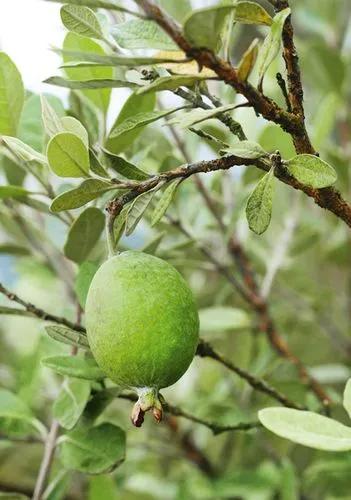Metasequoia glyptostroboides, commonly called dawn redwood, is a deciduous, coniferous tree that grows in a conical shape to 100’ tall. It is related to and closely resembles bald cypress (Taxodium) and redwood (Sequoia).
Dawn Redwood Care
Metasequoia glyptostroboides



From fossil records, dawn redwood is known to have existed as many as 50,000,000 years ago. However, it was not until 1941 that it was first discovered growing in the wild near the town of Modaoqi, China by Chinese forester, T. Kan. Seeds collected from the original site were made available to the Missouri Botanical Garden in 1947. Seedlings grown therefrom were planted in front of the Lehmann Building at MBG in 1952 where they have now developed into large mature trees (70’+ tall). As the tree matures, the trunk broadens at the base and develops attractive and sometimes elaborate fluting. Bark on mature trees is often deeply fissured. It features linear, feathery, fern-like foliage that is soft to the touch. Foliage emerges light green in spring, matures to deep green in summer and turns red-bronze in fall. Trees are monoecious, producing oval, light brown female cones (3/4” long) and pendant globose male cones (1/2” long). The twigs, needles and cone scales are in opposite pairs.
How to Care for the Plant

Water

Ideally, this tree should be planted not far from a natural water source. It can tolerate loamy, waterlogged soil well. Until it is established in a specific site, it is prone to drought and inadequate water availability.

Fertilizer

This plant generally does not require feeding provided it has been planted in appropriately humusy soil.

Sunlight

This redwood needs full sun to reach its mature height.

Soil

It prefers moist, deep, well-drained soils.

Temperature

In cultivation, M. glyptostroboides is hardy down to lows of −25°F (−32°C).

Popularity

755 people already have this plant 70 people have added this plant to their wishlists
Discover more plants with the list below
Popular articles






